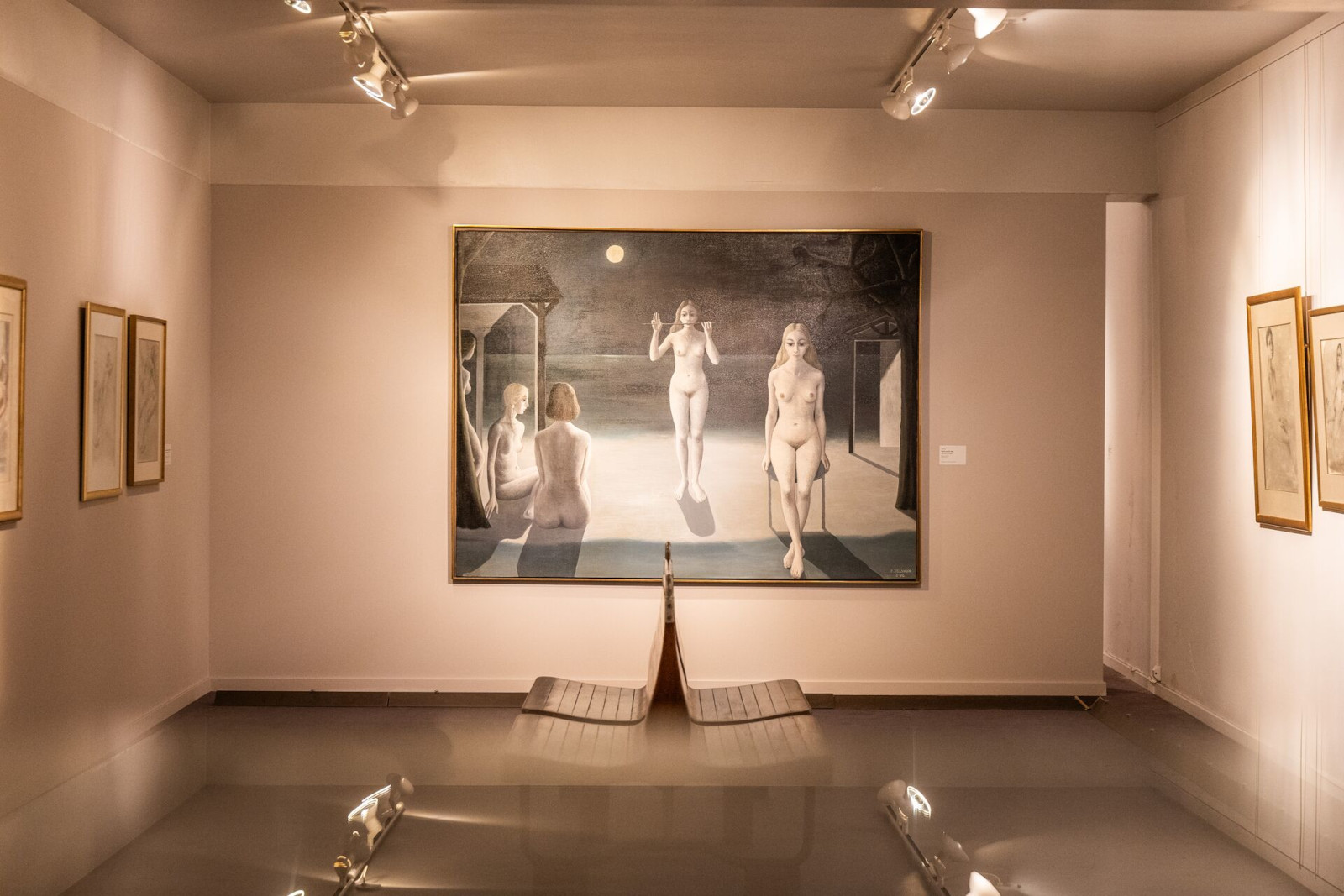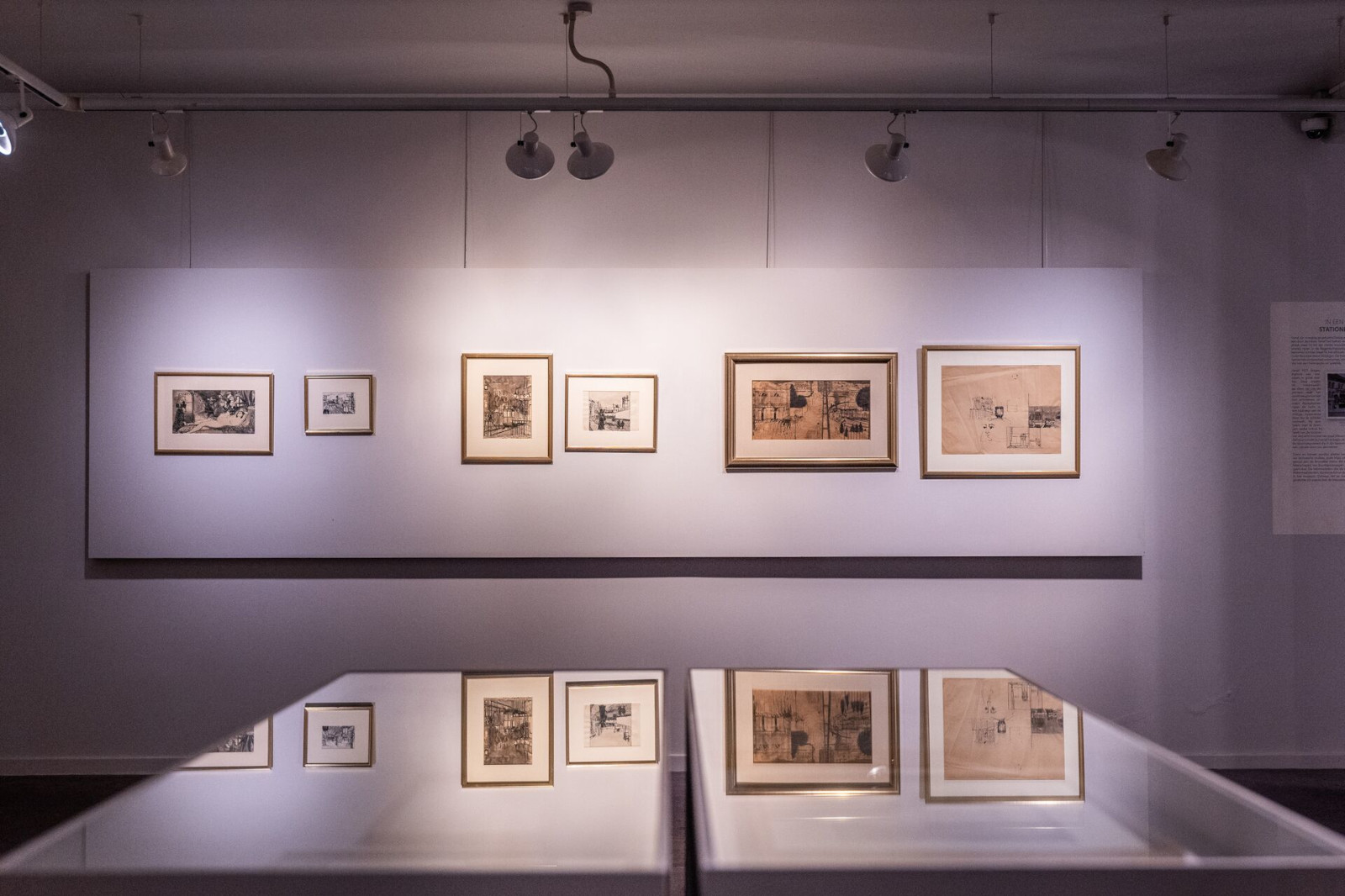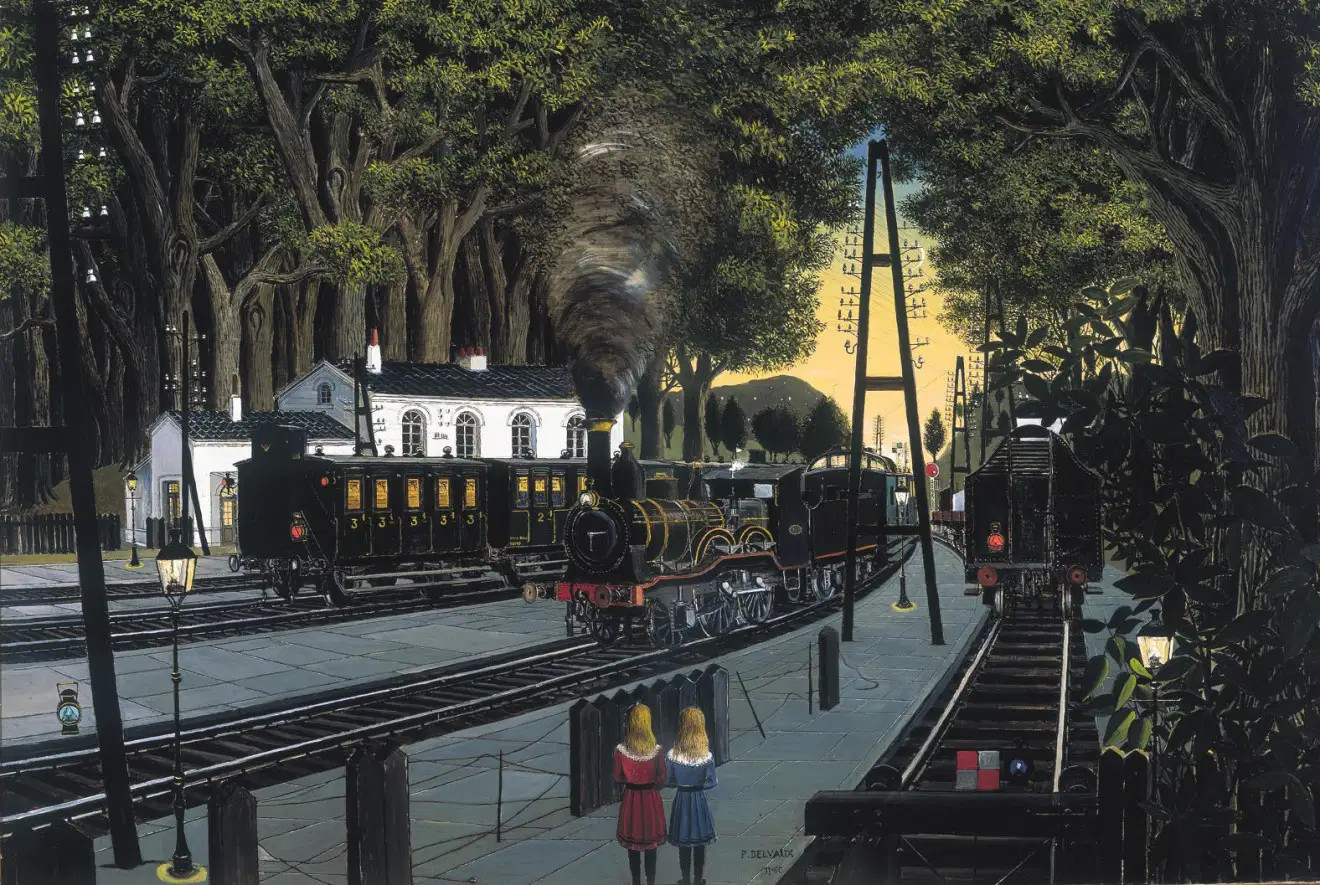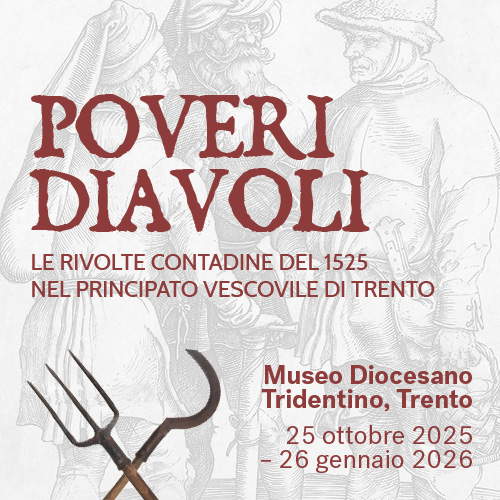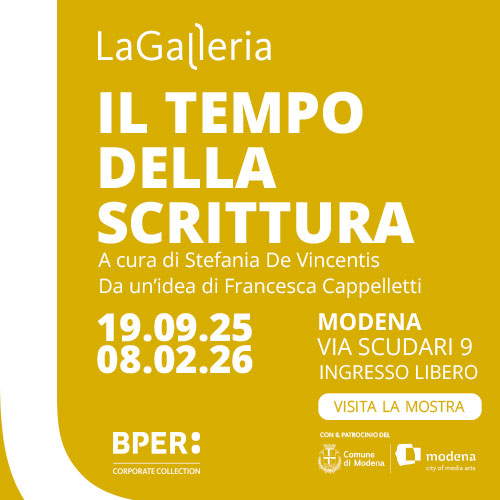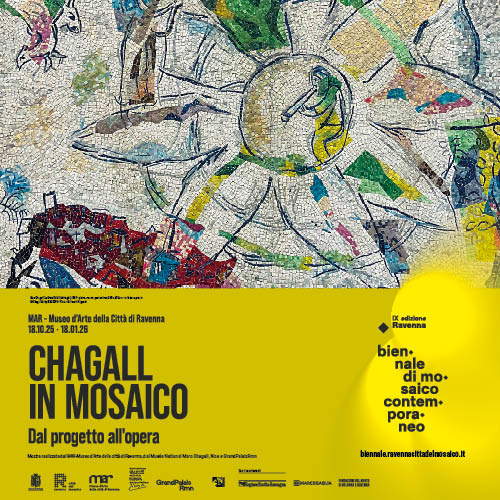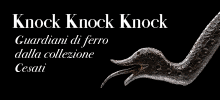
The Paul Delvaux Museum in Saint-Idesbald: a journey into the dreamlike universe of the Belgian 20th-century master
On the coast of Flanders, in Saint-Idesbald, stands the Paul Delvaux Museum. Here is housed the world's largest collection dedicated to Paul Delvaux, one of the most unique exponents of twentieth-century Belgian painting.
By Redazione | 21/05/2025 21:43
On the coast of Flanders, in Saint-Idesbald, stands a museum that does not stand out for its pomp or architectural monumentality, but conquers by its authenticity and intimacy: the Paul Delvaux Museum. Created in 1982 by the painter himself and his nephew Charles Van Deun, this exhibition space has grown slowly, transforming from a single, cramped, low-ceilinged room into a true museum that now covers more than 1,000 square meters.
Housed in what was originally a simple 19th-century fisherman's house, the museum hides a surprising universe. From the outside, it looks like a small house, but once inside, visitors find themselves immersed in rooms that also wind their way through the basement, as if to follow the mysterious plot of the Belgian artist's works. In fact, the rooms house the world's largest collection dedicated to Paul Delvaux (Antheit, 1897 - Furnes, 1994): paintings, drawings, watercolors, sketches, prints and personal objects tell the story of the painter's entire creative journey.
Paul Delvaux was one of the most singular exponents of twentieth-century Belgian painting. Born Sept. 23, 1897, in Antheit, near Huy, in the province of Liège, he initially trained at the Brussels Academy of Fine Arts, where he studied decorative painting after an initial approach to architecture. The discovery of Homer'sOdyssey and the wax statue of the Sleeping Venus he saw at the Brussels Midi Fair, in the booth of the Spitzner Museum, deeply marked his imagination.
Although close in themes and suggestions to Surrealism, Delvaux always maintained an independent stance, developing an unmistakable visual language of dreamlike landscapes, silent stations, enigmatic female figures and classical reminiscences. His first solo exhibition was held in 1933 at the Palais des Beaux-Arts in Brussels.
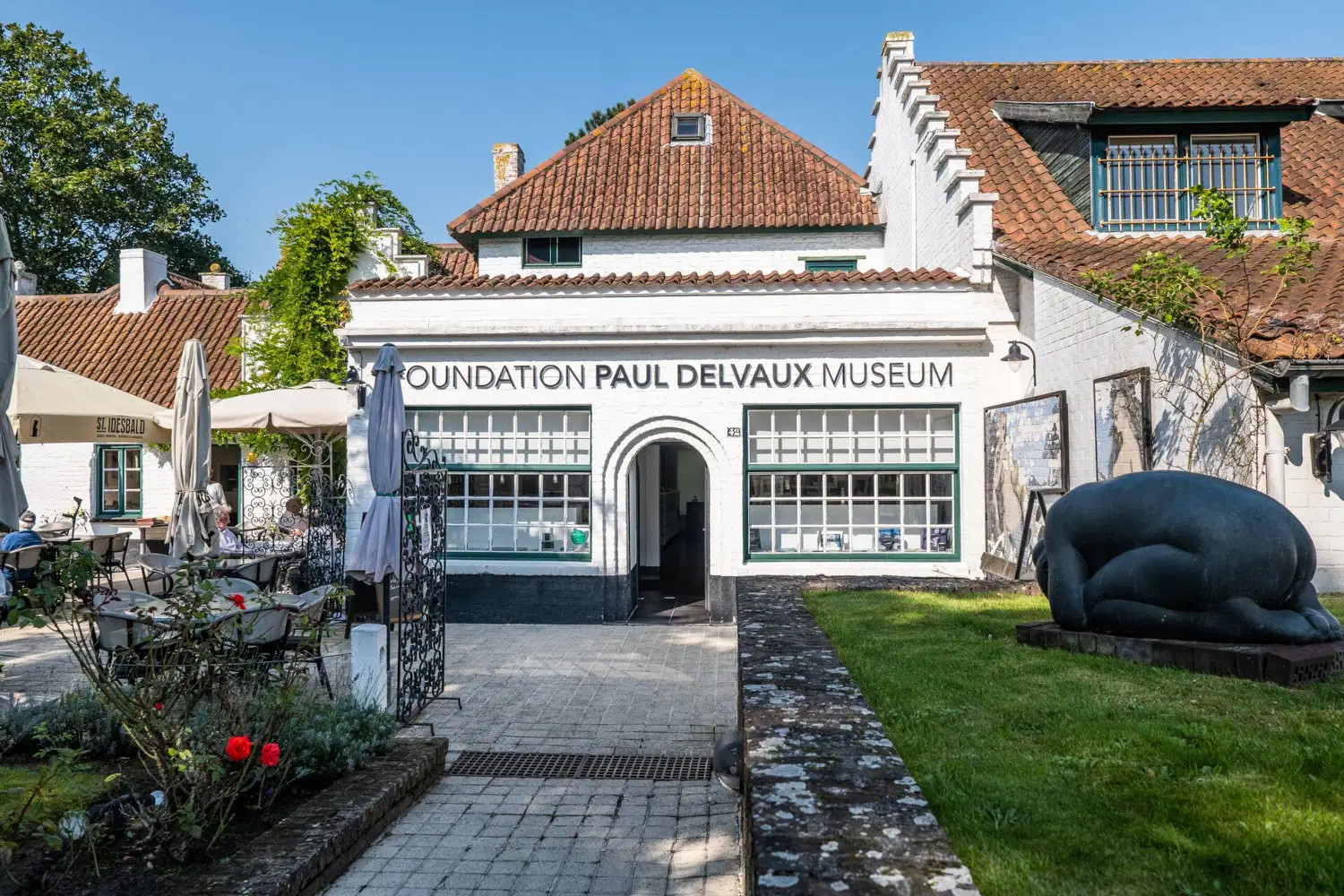
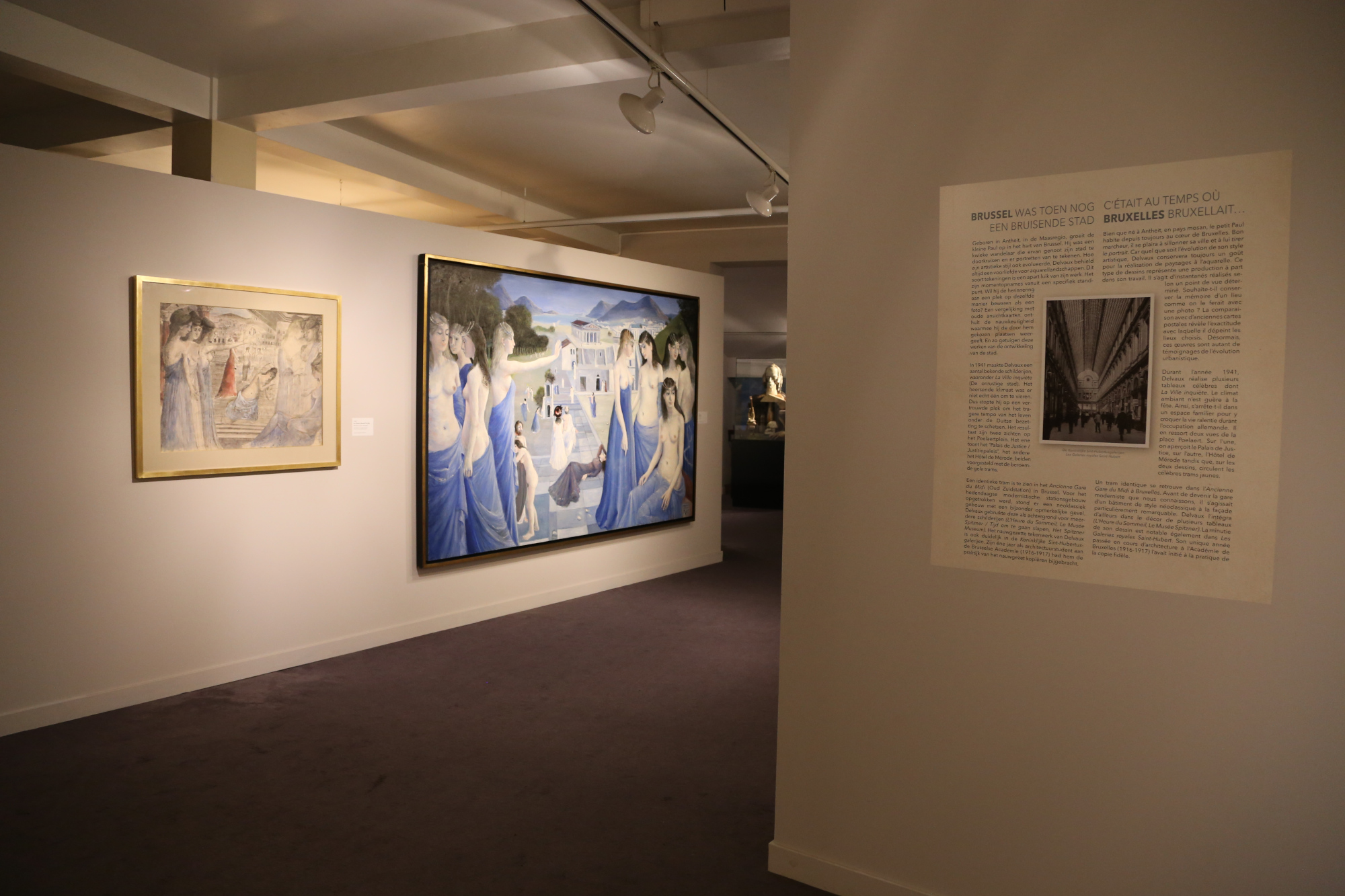
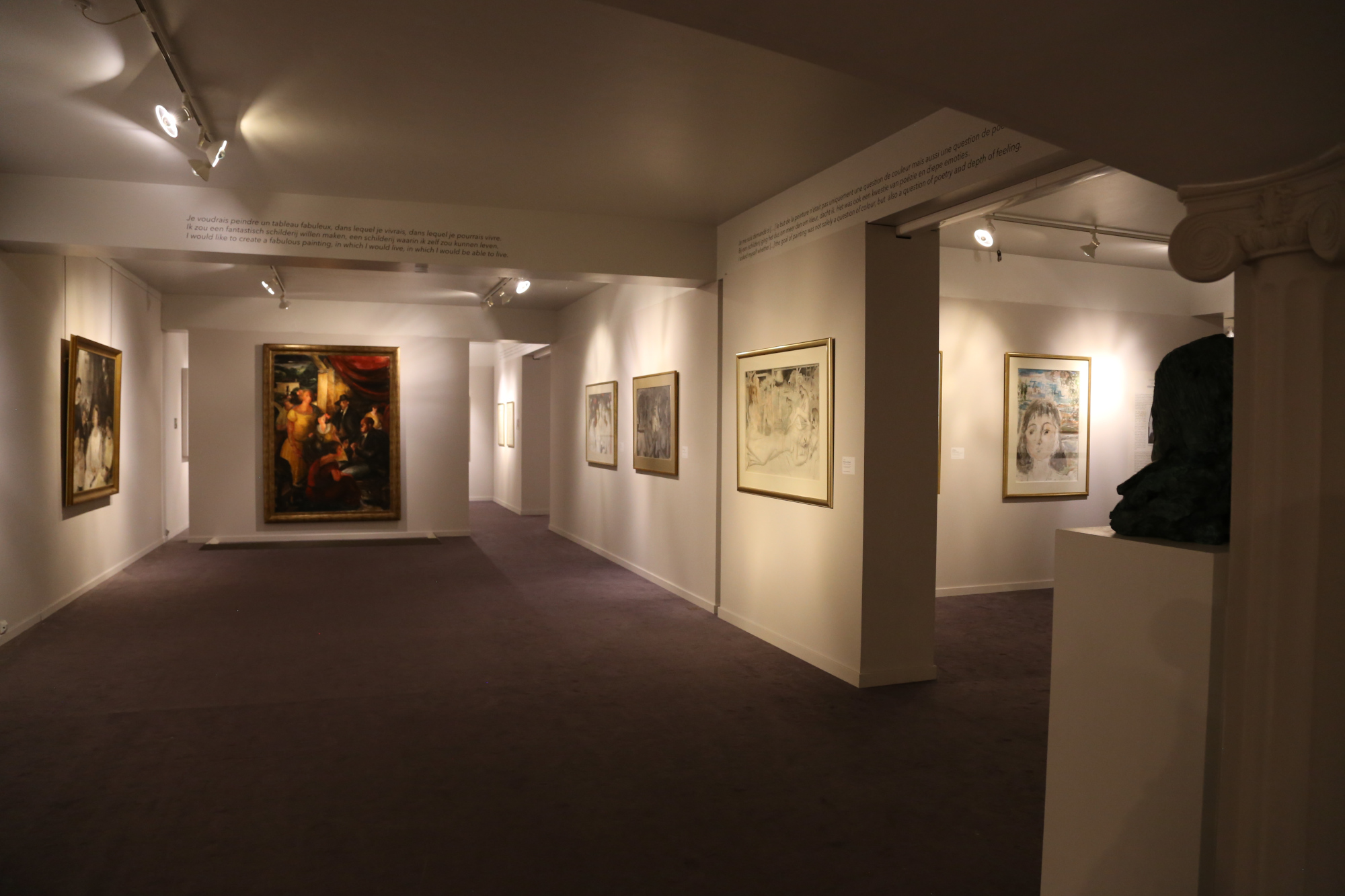
During his lifetime, he was featured in major retrospectives in Belgium, France, Japan and the United States, receiving prestigious international awards, including the Legion of Honor and the Rembrandt Prize from the Johann Wolfgang Goethe Foundation in Basel. He was a lecturer at the La Cambre National School of Art and Architecture in Brussels, where he taught for 12 years, from 1950 to 1962; the following year, in 1963, he was also appointed president and director of the Fine Arts Class of the Royal Academy of Belgium.
In 1952 he married Anne-Marie De Maertelaere, called Tam, his muse and companion until her death: he had met her in his youth and fallen madly in love with her, but had been forced to leave her at the request of his parents; when he later met her again in 1947 in Saint-Idesbald he fell in love with her again, so much so that he decided to divorce his first wife, Suzanne Purnal, secretary to Robert Giron, director of the Palais des Beaux-Arts de Bruxelles et a great friend of Delvaux. In 1968 he participated in the XXIX Venice Biennale. In 1982, already at an advanced age, he participated enthusiastically in the creation of the Paul Delvaux Museum itself in Saint-Idesbald. He died on July 20 in Furnes, where he is buried. An internationally renowned painter, Paul Delvaux created many paintings, now scattered throughout the world. However, he wanted to leave a significant collection of his works to the Foundation that bears his name so that it would ensure the knowledge, dissemination and appreciation of his art. A mission that is still carried out today in the Saint-Idesbald museum but also in the organization of exhibitions so that his paintings can be admired elsewhere. And on these occasions there is also an opportunity to rethink the layout of the museum itself, offering the public a unique approach to the master's art.
The museum's entire exhibition space, however, is occupied by the exhibition Paul Delvaux. Décors et corps, parfait accord, which revolves around the two main themes of his production: scenery and the body. An itinerary that allows us to grasp this double prism of reading between scenography and the human figure.
"Architecture, antiquity, landscape, the sea are all elements that, combined, give a particular climat to the finished work and create a scene that we then associate with the world Delvaux depicts. Similarly, studies conducted during the youthful period that linger in areas such as harbors and stations that will be found formulated years later in an unexpected form when artistic maturity was at its peak," explains Camille Brasseur, director of the Paul Delvaux Foundation. "Likewise, the female body plays such a fundamental role that it occupies the foreground of the scene. The figure gradually asserts itself over the course of the artist's production. Studies of nude models reveal the need for a desire for technical mastery in the rendering of the body. This will continue to be tested. Moreover, Delvaux will also choose to get rid of it in favor of personal representation: the Delvalian figure, recognizable by its atypical profile and borrowed poses, take all the time to deviate from observable reality. The representation of the face, sometimes identifiable sometimes anonymous, responds to the same slippage and varies according to the desired exercise: to represent reality or to appropriate it. Freed from constraints and expectations, perhaps even from himself, Paul Delvaux has delivered an intimate work that forms a universe consisting of iconographic elements. Each creation is the result of intimate dreams in which bodies find their proper place in an environment where they vibrate in perfect harmony."
The museum, however, was not just a place for exhibitions. It was also the ideal space for meetings and exchanges, as well as a context for seeing if his art was really appreciated by the public. Delvaux himself, initially uncertain about the interest his work would generate, became deeply attached to the place, which he called "the sunshine of his old age." He loved to walk around it, quietly observing visitors' reactions, smiling with complicity. For him, the museum was an opportunity for confrontation and a way to look at his own production with a fresh eye.
Today the Paul Delvaux Foundation, recognized in 1979 with the aim of protecting, disseminating and promoting the work of Paul Delvaux, is the repository of a unique patrimony: more than 3,000 works documenting the painter's entire career, with a variety of techniques and themes that reflect his extraordinary versatility. The Foundation was created while the artist was still alive: having had no children, the artist and his wife Anne-Marie de Martelaere wished to bequeath much of their estate. And since 1982, the Foundation has enjoyed an exhibition space within the Paul Delvaux Museum in Saint-Idesbald. In addition to visual works, the Foundation also maintains a rich archive consisting of letters, photographs, audio and video recordings, as well as a specialized library that is constantly being updated. It is not just about preservation, but also dissemination: temporary exhibitions, international loans and new acquisitions keep Delvaux's legacy alive, making it accessible to an ever-widening public.
Among the museum's must-see works is La Gare forestière, perhaps the most representative masterpiece of the artist's poetic universe. In this painting, a station nestled in the woods welcomes a running steam train, while two veiledly mysterious young women stand with their backs turned to the viewer. It is a painting suspended between memory and vision, between light and mystery, born of Delvaux's recollection of a night journey he made as a child.
Another work worth seeing is Le Récitant, or The Narrator, which evokes more metaphysical atmospheres instead: ruins, solitary figures, and Magrittian echoes in a rarefied landscape that poses questions to the viewer. In the half-naked man in the foreground making an indefinite gesture with his hand, some see a self-portrait of Delvaux.
To visit the Paul Delvaux Museum is to tiptoe into the imagination of an artist who knew how to converse mystery with a painting of discreet charm; to open a privileged door to the poetic universe of a great artist. But the encounter with his work does not end within the walls of the museum. The whole of Saint-Idesbald becomes a natural extension of this artistic journey. A walk dedicated to the painter guides visitors along the places that marked his life, accompanied by the narrative podcast Paul Delvaux in Saint-Idesbald, which weaves together memories, atmosphere and visual suggestions. For cycling enthusiasts, thematic itineraries lead to the discovery of hidden vistas and landscapes capable of evoking precisely those visions that inhabit Delvaux's canvases. This is how the Belgian coast reveals a lesser-known but deeply authentic dimension: beyond the sea and the dunes, a living cultural heritage that invites you to slow your gaze and be surprised.
